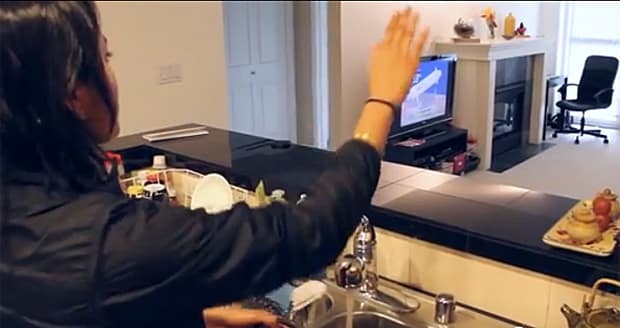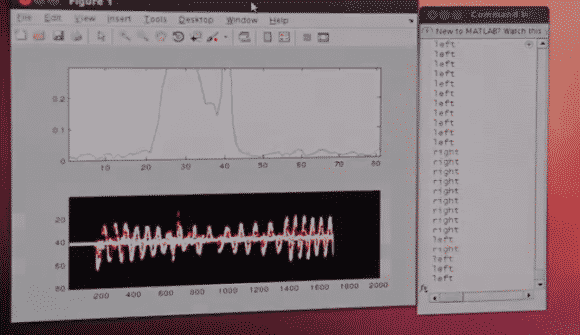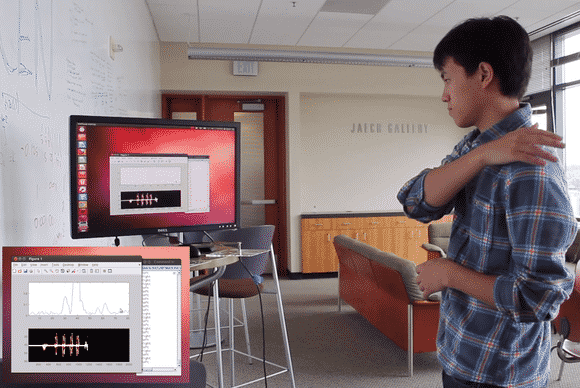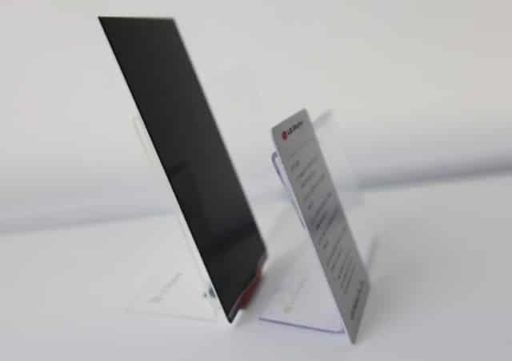University of Washington researchers have shown it’s possible to leverage Wi-Fi signals around us to detect specific movements without needing sensors on the human body or cameras. Using a Wi-Fi router and a few wireless devices in the living room, users could control their electronic devices from any room in the home with simple gestures!
Gesture-based technology is not exactly a new concept. Microsoft‘s Xbox Kinect, for instance, uses cameras to recognize gestures, and the technology has been popularized in recent years in major Hollywood movies such as “Iron Man” and “Minority Report.” But a team of researchers at the University of Washington’s Networks Lab are developing a new gesture recognition technology called “WiSee” that can track a human’s movements in line-of-sight, outside of line-of-sight and through walls.
WiSee is based on detecting tiny variations in Wi-Fi signals. It can recognize changes in the frequency of wireless signals that occur when a person moves. Moving a hand or foot causes the receiver to detect a pattern of changes known as the Doppler frequency shift. An adapted Wi-Fi router recognizes the changes. At then, the correlating devices will respond to the commands, regardless of whether the user is near the device being controlled or the WiSee receiver.
According to researchers, as Wi-Fi signals can travel through walls and are not bound by “line-of-sight” or “outside of line-of-sight” or sound restrictions, so with WiSee users will be able to control their electronics and household appliances from any room in the home, without needing sensors or cameras. Here’s a video demonstrating the technology for you.
Qifan Pu, one of the lab’s researchers said, “Any wireless device will be able to reflect those signals back to a main receiver.”
Researchers have developed a prototype of a “smart” receiver that can listen to all of the wireless transmissions throughout the home such as smartphones, laptops and tablets, and currently can identify nine different whole-body gestures like pushing, pulling and punching. Researchers said that the gestures were tested among five users in a two-bedroom apartment and inside an office and WiSee accurately classified 94 percent of 900 gestures performed.
Source: University of Washington
Thanks To: Computer World
[ttjad keyword=”wireless-router”]






